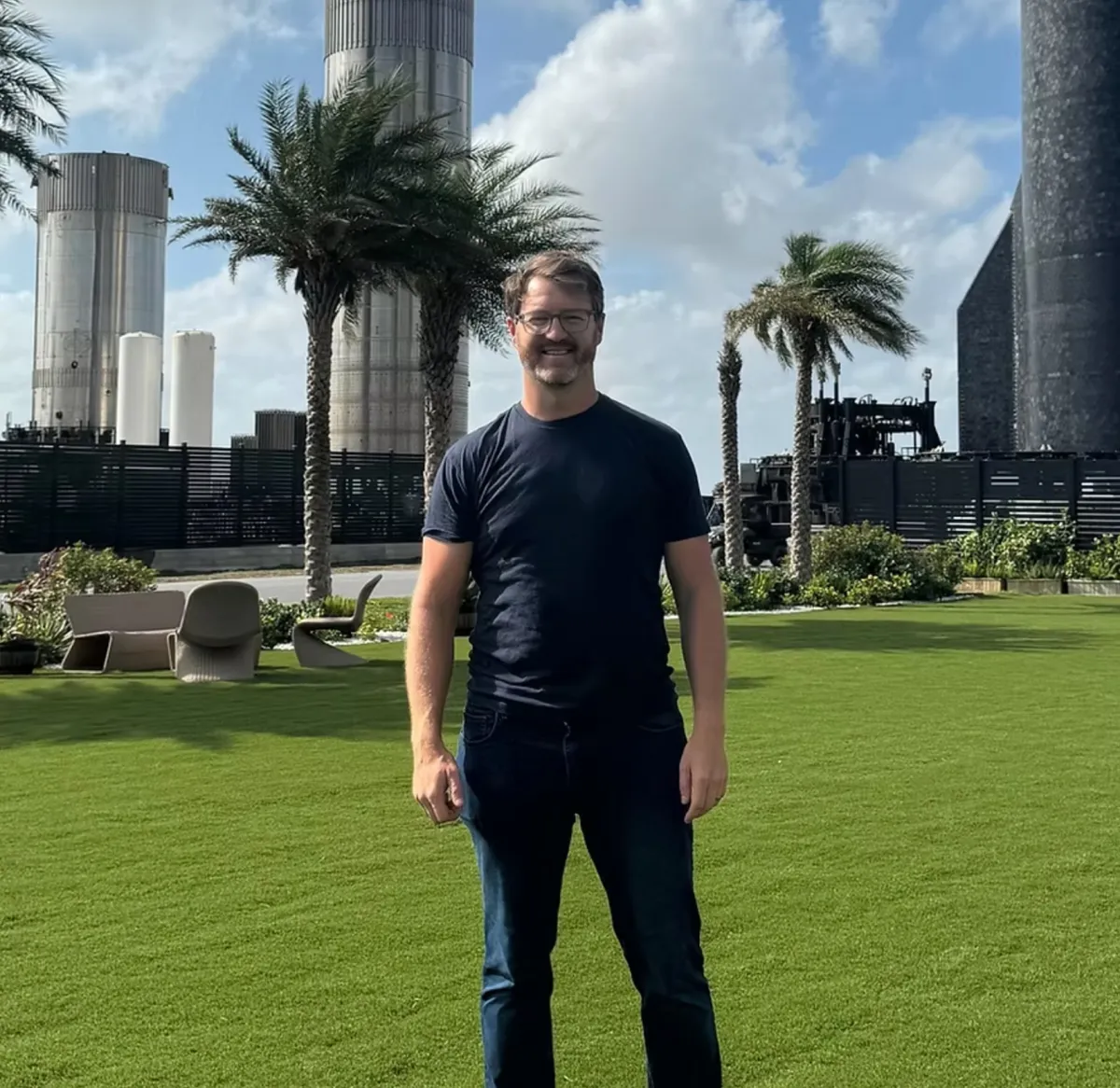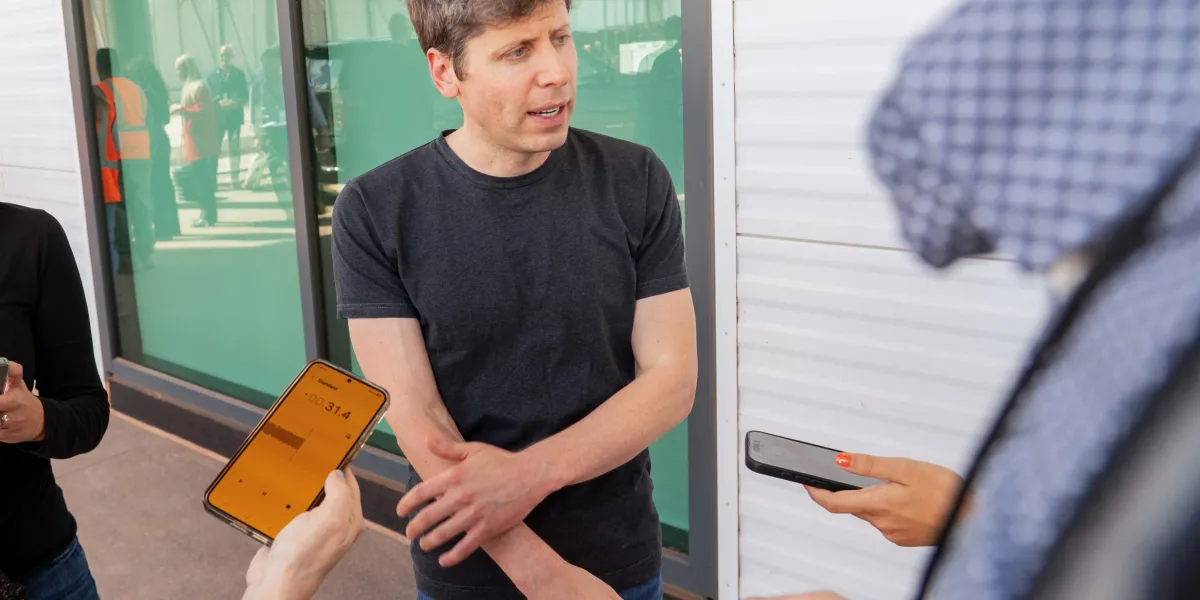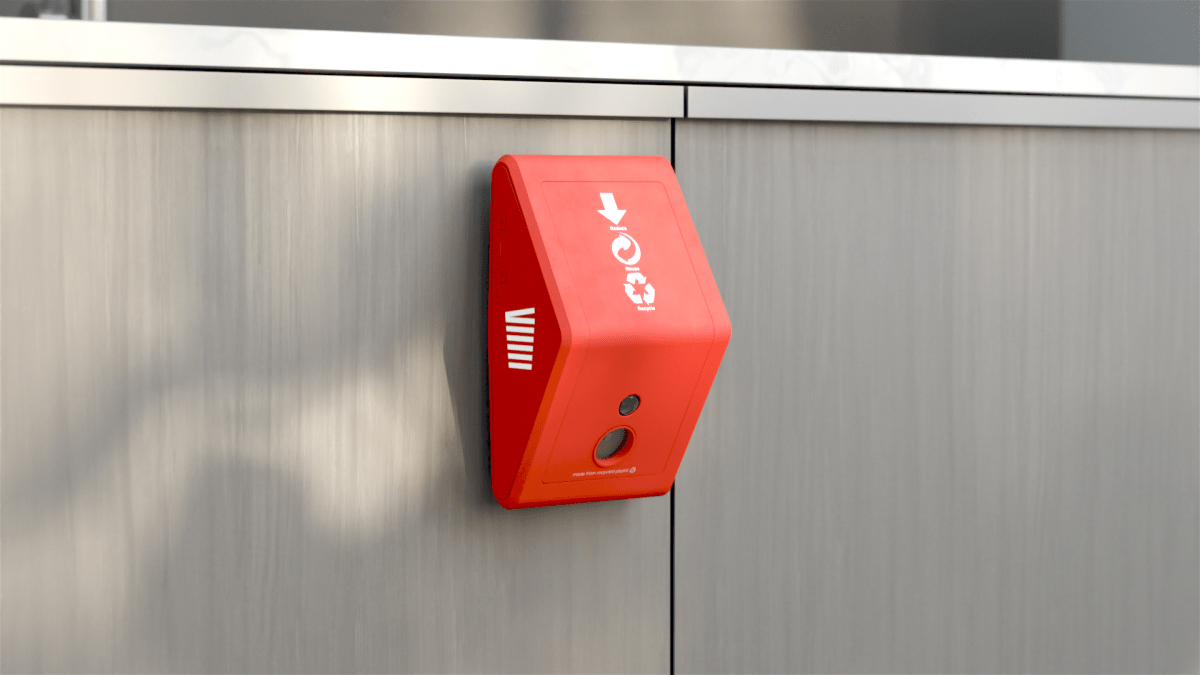When Jamie Gull graduated from Stanford University in 2007 with a master’s degree in aeronautics, there was one place he wanted to go next: the desert.
The Mojave desert, to be specific. A company called Scaled Composites had spent years developing experimental aircraft out on that arid land, and Gull wanted in.
He could have tried to get a more traditional aerospace job, but Gull was worried he’d “work five years on a latch” — a common joke about those bigger, slow-moving companies. But at Scaled Composites? “I knew I would build something, and I would do it quickly, and I would be a college graduate who would own an actual outcome,” he said.
Two years later, Gull jumped to SpaceX, where he helped make the Falcon 9 rocket reusable — a major milestone in that company’s history, and the foundation on which it has built an enormously valuable business.
Now, Gull is gearing up for a new challenge: launching an early-stage deep tech fund called Wave Function Ventures. Just last week, he closed Wave Function’s first fund of $15.1 million, and he’s already off and running.
Gull has made nine investments in startups that span industries like nuclear energy (Deep Fission), humanoid robotics (Persona AI), and, of course, aerospace (Airship Industries). He told TechCrunch he expects to do about 25 seed or pre-seed investments out of this fund. (Gull declined to name the anchor LP, and said the rest of the fund was filled by high net worth individuals, with support from other funds and “large family offices.”)
Wave Function’s emergence comes at a time when deep tech funding is on the rise, buoyed in part by the increased attention on fields like aerospace and defense. It’s enough of a trend that earlier this year, a new Silicon Valley-based deep tech fund called Leitmotif broke cover with $300 million in capital from the Volkswagen Group, part of a bid to lift up hardware and manufacturing startups in the United States and Europe.
Techcrunch event
San Francisco
|
October 27-29, 2025
It’s the kind of environment that seems ripe for someone with a background like Gull’s — and not just his past as an accomplished aerospace engineer.
Near the end of his time at SpaceX in 2016, Gull started angel investing, making bets on companies like Boom Supersonic, K2 Space, and Varda. He also co-founded electric vertical takeoff and landing (eVTOL) startup Talyn Air as part of Y Combinator’s Winter 2020 batch, and became a venture partner at YC’s Pioneer Fund — a position he still holds. (Talyn was acquired in 2023 by another eVTOL company, Ampaire.)
Gull wants to put all this varied experience — doing rapid prototyping, founding a startup, angel investing — to use at Wave Function.
“I can really leverage that to help all my founders get through those early stages when things are like the most uncertain, and then help them build their companies,” he said.
Gull also believes deep tech is going to be a place for big returns in the next 10 to 20 years. Startups in this space may require more capital up front, he said, but they can leverage non-venture funding (like government contracts or asset-backed lending) to scale and establish a more solid moat than software companies.
Getting to those big returns will take time and Gull is fine with that. While he began his career as an eager builder, he also knows the value of patience.
When he was at Scaled Composites fifteen years ago, one of the projects he worked on was Stratolaunch, the largest plane in the world at the time. It was such an enormously complex aircraft that it remained in development long after Gull moved to SpaceX and beyond.
It wasn’t until 2019 when Gull and his Talyn co-founder Evan Mucasey were planning to head to a “fly-in” (think: car show but for cool planes) at the Mojave airport that he got a hint he might see the giant airplane fly.
“I called a friend and said, ‘what time should we be there for the airplane show?’ And he said, ‘6 a.m.’ I was like, that makes no sense,” Gull said. He didn’t know what his friend was hinting at, but he believed it would be worth the early flight.
Sure enough, as Gull and Mucasey approached the airport, there was Stratolaunch, parked on the runway and prepped for flight. They landed and, per Gull’s recollection, Stratolaunch took off 15 minutes later.
“I think it was almost exactly 10 years after I had worked on it on a computer screen,” Gull said. “It was wild.”















